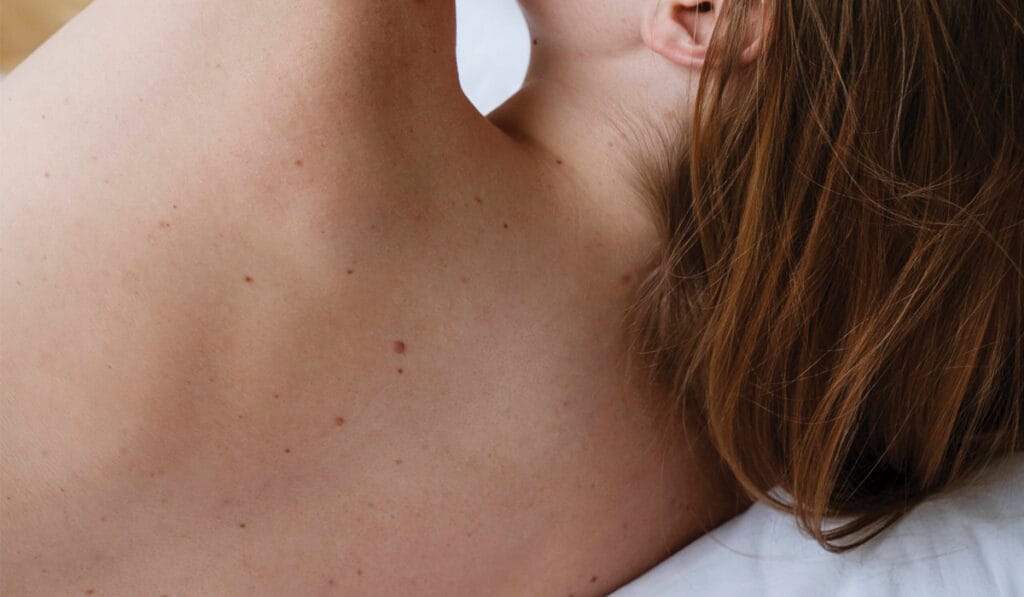Treatment options and pricing
Browse and click below to book any of our available service.
Cryotherapy Initial Consultation & Treatment up to 3 Lesions
Included in the Cryotherapy Initial Consultation & Treatment up to 3 Lesions
During your initial cryotherapy consultation and treatment, we’ll examine the affected area, explain the procedure, address any concerns you may have, and then proceed with the cryotherapy treatment to effectively remove the skin tag, ensuring your comfort and convenience.
Cryotherapy Initial Consultation & Treatment of Large Lesion or up to 6 Lesions
Included in the Cryotherapy Initial Consultation & Treatment of Large Lesion or up to 6 Lesions
During your initial cryotherapy consultation and treatment, we’ll examine the affected area, explain the procedure, address any concerns you may have, and then proceed with the cryotherapy treatment to effectively remove the skin tag, ensuring your comfort and convenience.
Cryotherapy Follow-up Session for up to 3 Lesions
Included in the Cryotherapy Follow-up Session for up to 3 Lesions
During your follow-up cryotherapy session, we’ll assess the progress of the treated area, ensure proper healing, and provide any additional treatment if necessary, all while prioritising your ongoing comfort and care.
Cryotherapy Follow-up Session for up to 6 Lesions
Included in the Cryotherapy Follow-up Session for up to 6 Lesions
During your follow-up cryotherapy session, we’ll assess the progress of the treated area, ensure proper healing, and provide any additional treatment if necessary, all while prioritising your ongoing comfort and care.
Common Q&A about Cryotherapy Treatment
Our FAQ section is designed to address common questions you may have, from how our treatments work to what you can expect during and after your session.
Our team is always available to provide additional support if you need more personalised guidance, ensuring that you feel informed and confident every step of the way.
Cryotherapy is a procedure that uses extreme cold to freeze and remove abnormal or damaged skin tissue. It's commonly used to treat warts, skin tags, sunspots, and some precancerous skin lesions.
Cryotherapy involves applying liquid nitrogen to the targeted area of the skin. The intense cold causes the abnormal cells to freeze and die. The treated area then forms a blister and eventually heals, often leaving new, healthy skin.
Cryotherapy is effective for treating various skin conditions, including warts, moles, skin tags, actinic keratosis (precancerous skin lesions), sunspots, and some small skin cancers.
Cryotherapy can cause a sensation of intense cold, followed by a stinging or burning feeling as the skin freezes. Some people may experience mild discomfort or pain, but it usually subsides quickly.
A typical cryotherapy session for skin treatment takes only a few minutes, depending on the size and number of areas being treated. The actual freezing time is usually less than a minute.
After cryotherapy, the treated area may appear red and swollen, and a blister may form. Over the next few days, the blister will dry out, scab over, and eventually fall off, revealing new skin underneath.
Common side effects include redness, swelling, blistering, and temporary skin discoloration. In rare cases, scarring or infection may occur. It's important to follow post-treatment care instructions to minimize risks.
The number of treatments depends on the condition being treated and its severity. Some conditions, like warts, may require multiple sessions, while others may be resolved with just one treatment.
Yes, cryotherapy is sometimes used for cosmetic purposes, such as removing skin tags, sunspots, and certain types of moles. It can help improve the skin's appearance by removing unwanted blemishes.
Cryotherapy is generally safe for most skin types, but it may not be suitable for very dark skin, as it can cause hypopigmentation (lightening of the skin). It’s important to consult with a dermatologist to determine if cryotherapy is appropriate for your skin type and condition.



